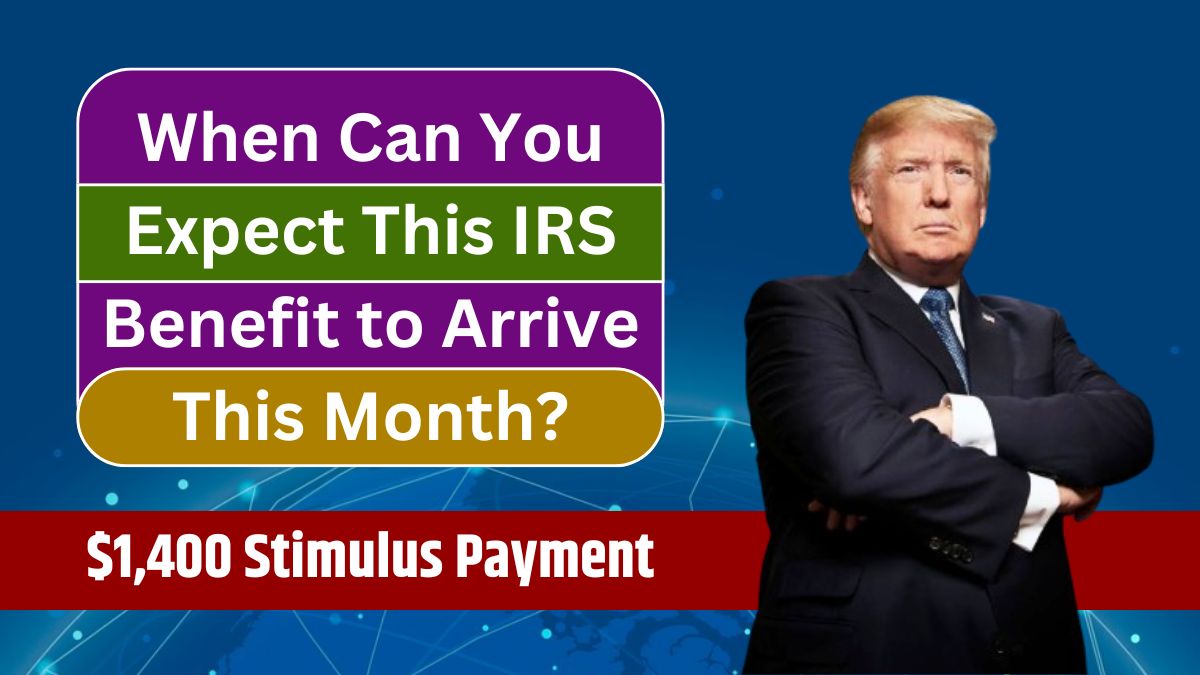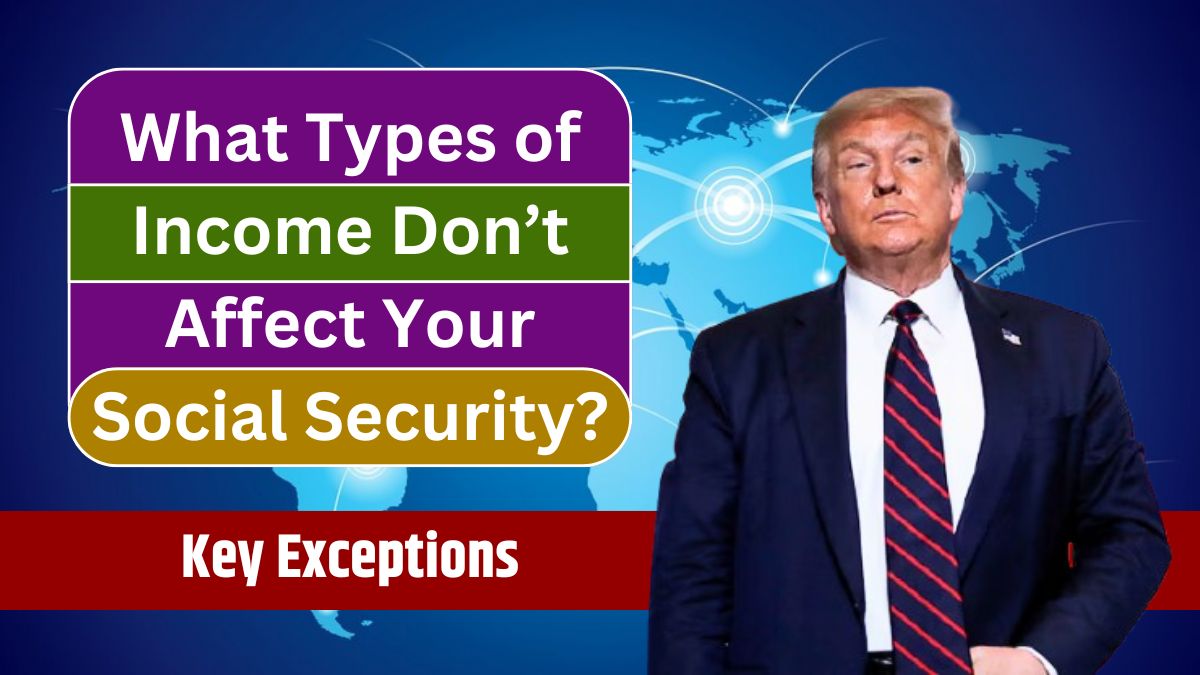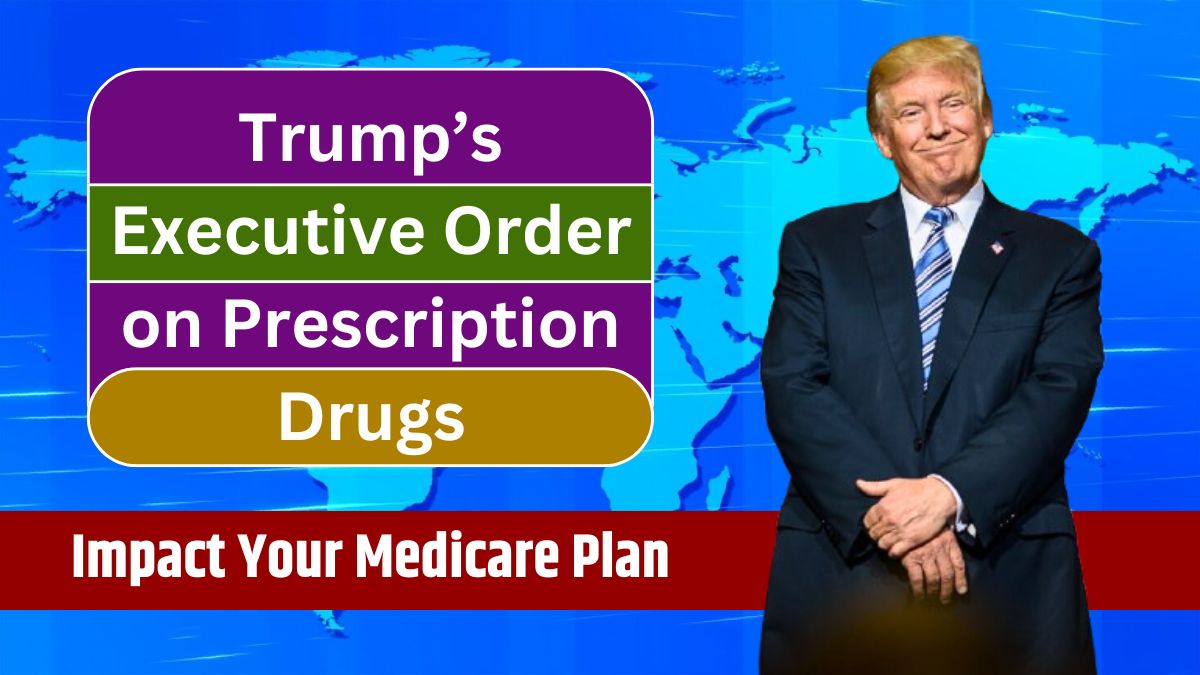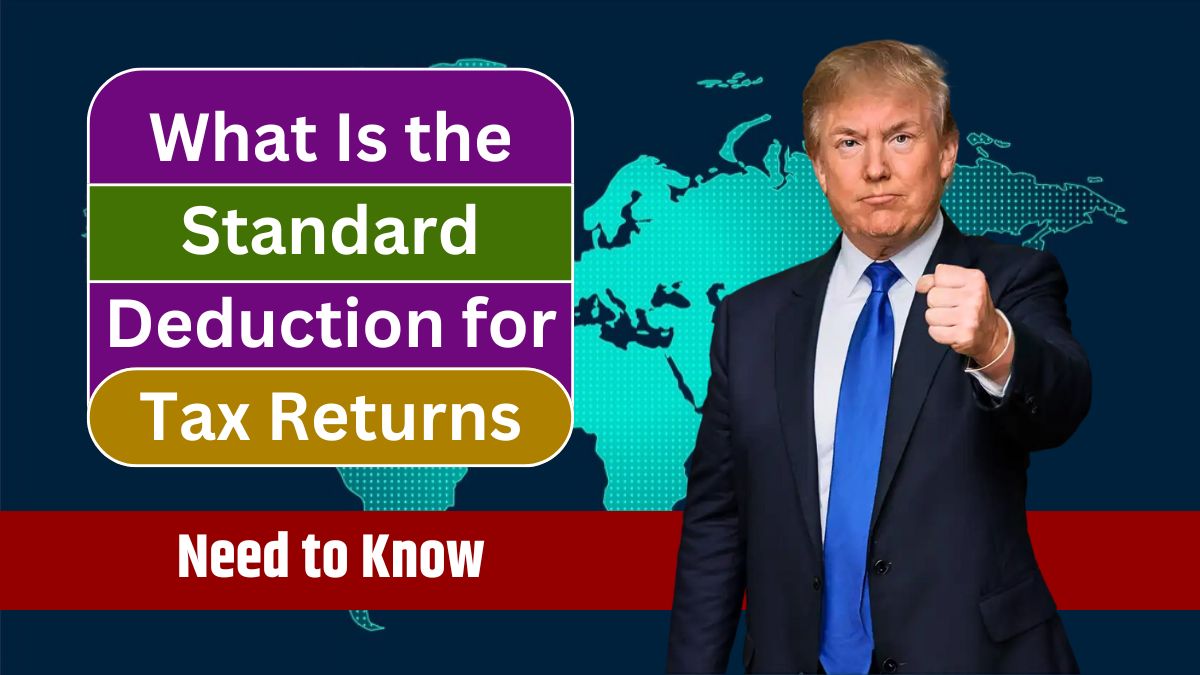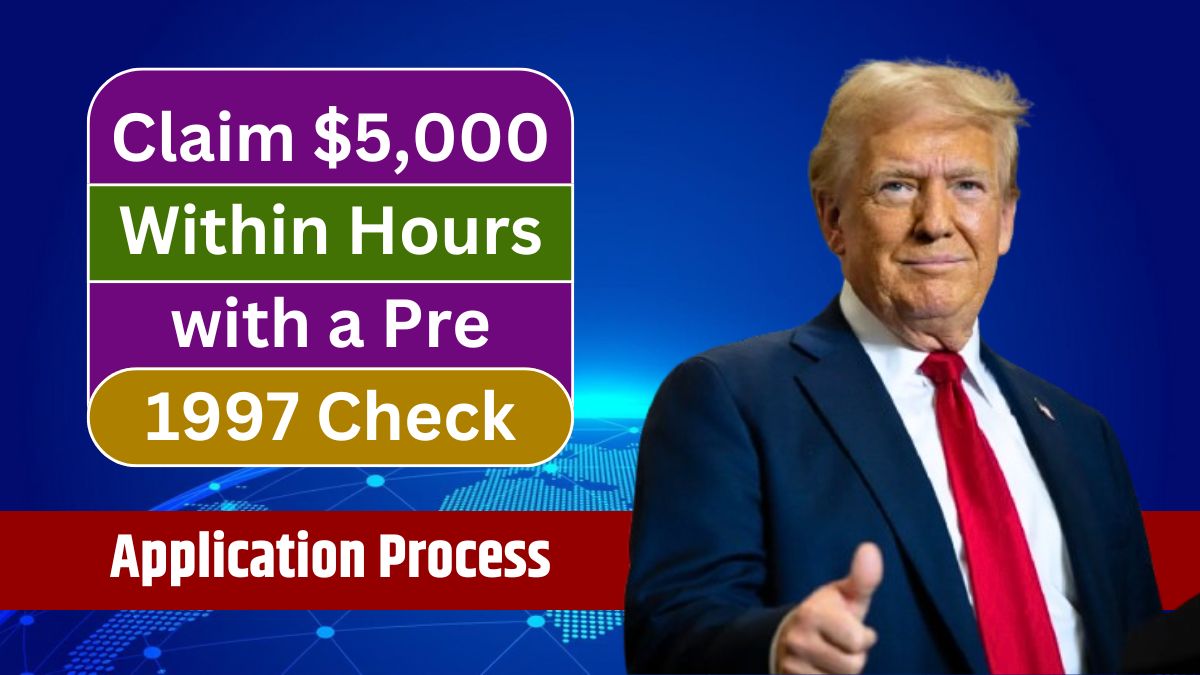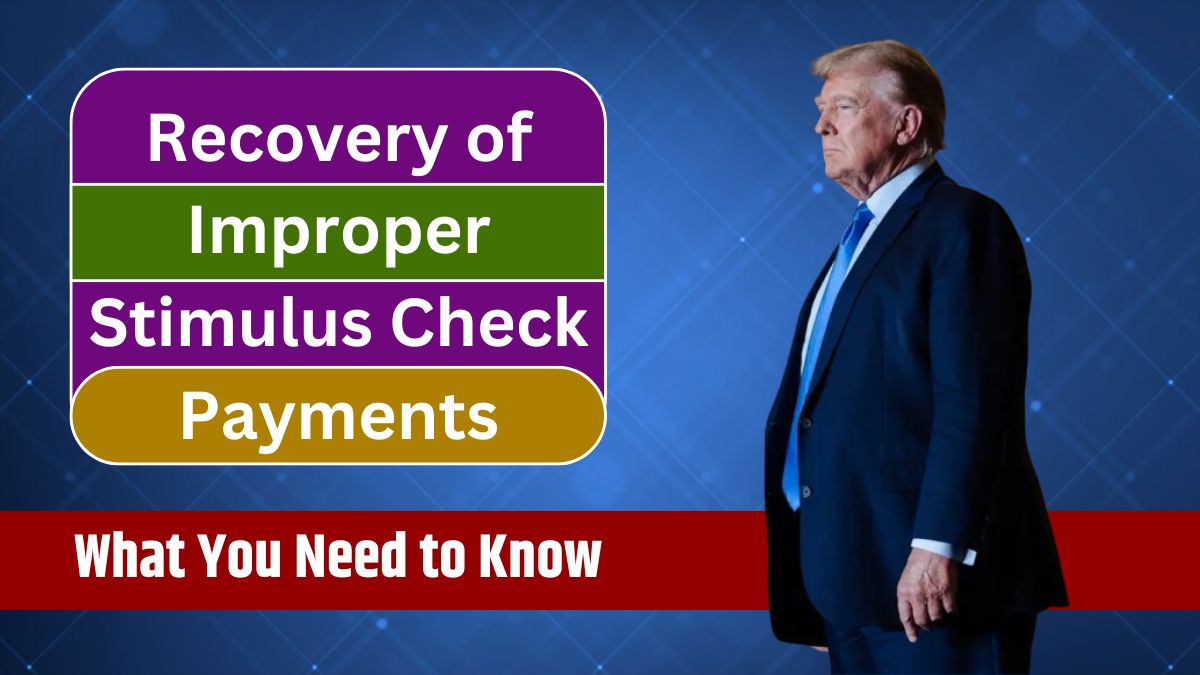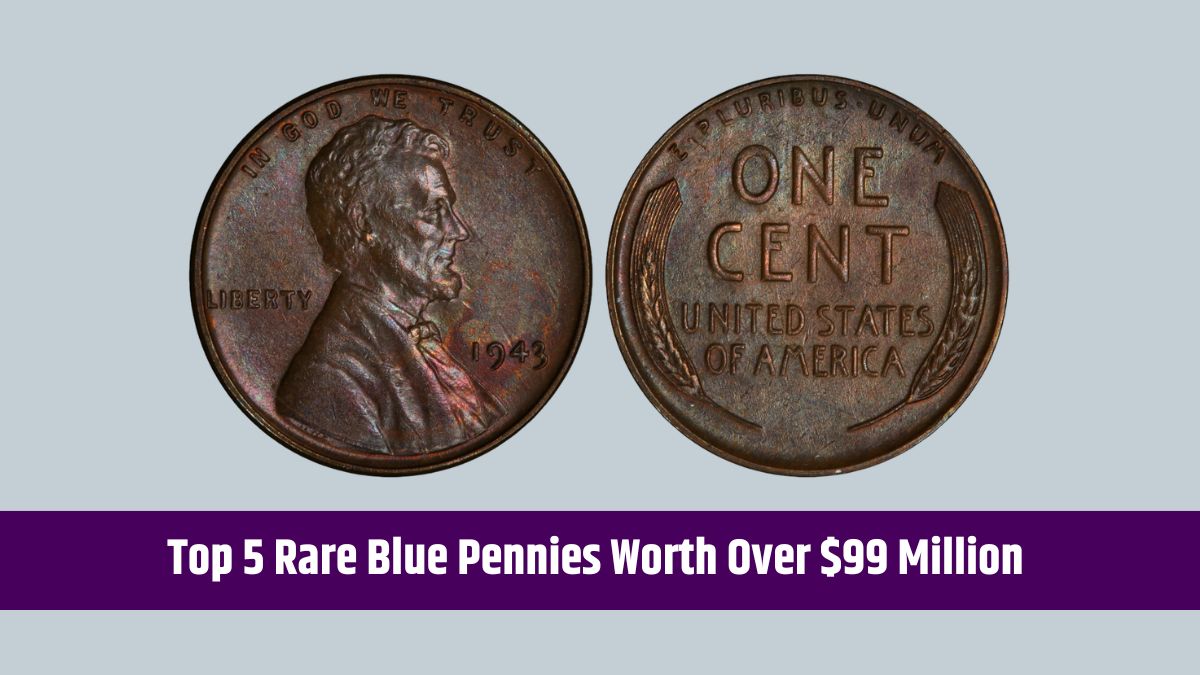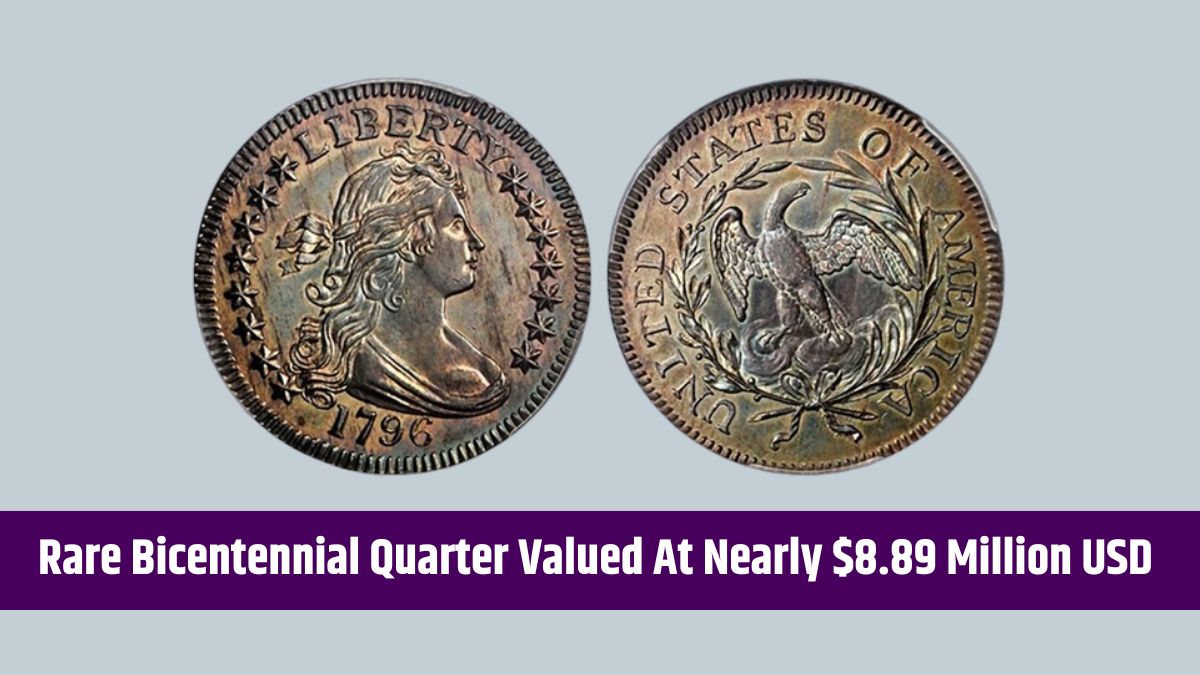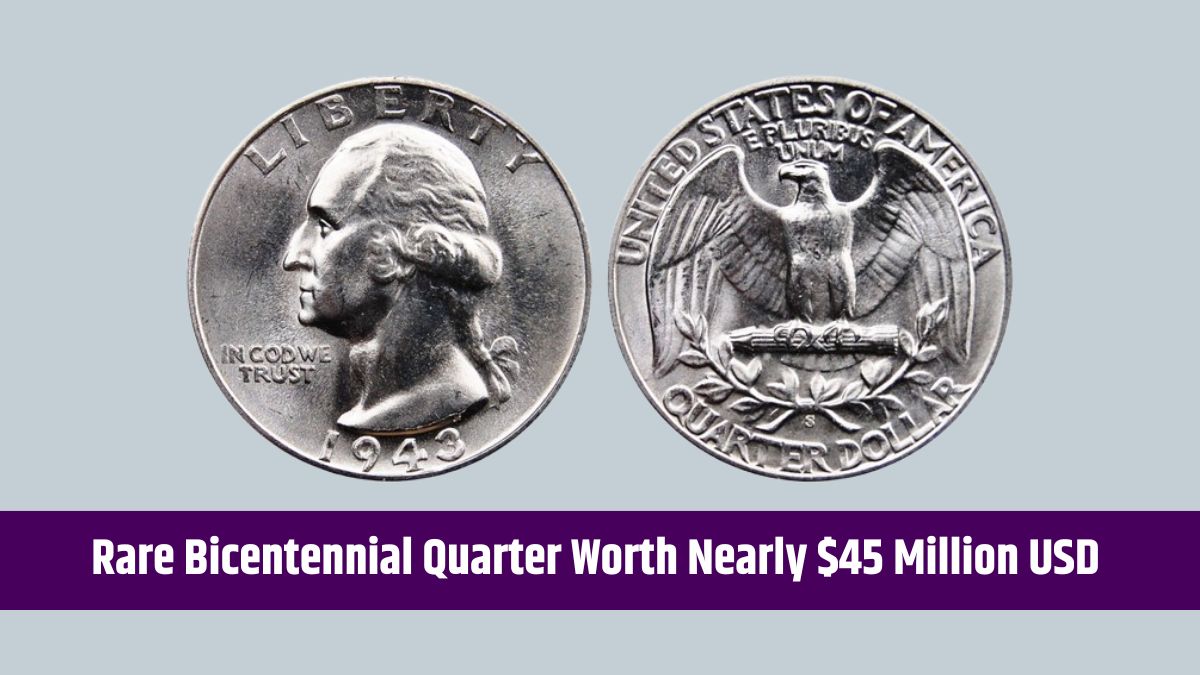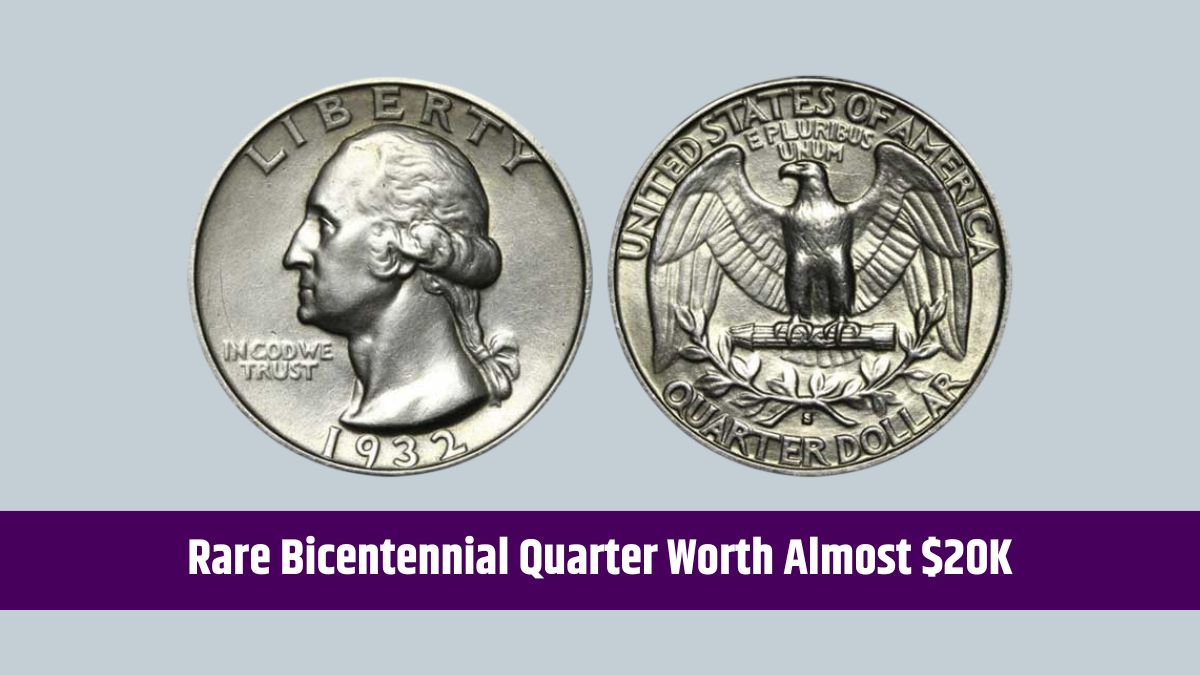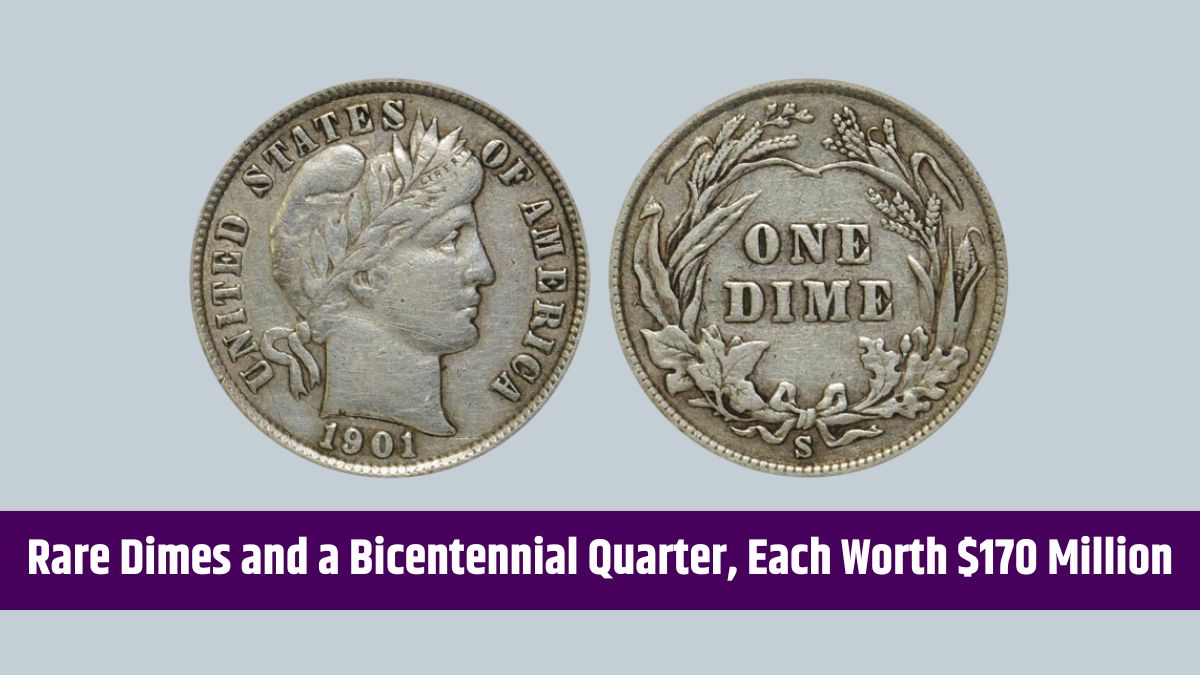Amid financial challenges for many Americans, the Internal Revenue Service (IRS) is delivering a glimmer of hope with special payments of up to $1,400 for approximately 1 million taxpayers. These refunds, tied to the Recovery Rebate Credit, are automatic, meaning eligible individuals don’t need to take any action to receive them.
$1,400 Refund
The $1,400 payment stems from the Economic Impact Payments (EIP) distributed during the pandemic in three rounds. These payments, often referred to as stimulus checks, were intended to provide financial relief during Covid-19.
However, the IRS discovered that many eligible taxpayers:
- Filed their 2021 tax returns but either left the Recovery Rebate Credit field blank or incorrectly reported it as $0.
- Missed out on the credit due to errors or omissions in their tax filings.
To address this, the IRS is issuing automatic payments to those eligible taxpayers.
IRS Issuing These Refunds Now
The IRS, in partnership with the U.S. Department of the Treasury, has identified taxpayers who qualified for the Recovery Rebate Credit but didn’t claim it. By automating the process, the IRS is ensuring that:
- Taxpayers don’t need to go through the hassle of filing an amended return.
- Eligible individuals receive their refunds faster and with less paperwork.
Danny Werfel, the IRS Commissioner, emphasized the importance of this effort:
“To minimize headaches and get this money to eligible taxpayers, we are making these automatic payments.”
Who Is Eligible?
You may qualify for this refund if:
- You filed a 2021 tax return but did not claim the Recovery Rebate Credit (or reported it as $0).
- You were eligible for one of the stimulus payments but missed out due to an error or oversight.
The IRS has already identified eligible individuals using their tax filing data, so no additional action is required.
Payments Be Made
- Direct Deposits: Many taxpayers have already received their payments via direct deposit into the bank accounts listed on their 2023 tax returns.
- Checks by Mail: Others will receive paper checks sent to the addresses the IRS has on file.
Timeline:
The distribution of payments is scheduled for late January 2025. While there’s no exact date, taxpayers can expect their refunds by the end of the month.
What Should You Do?
Eligible taxpayers don’t need to take any additional steps to claim their refund. The IRS has already identified those who qualify and will issue payments automatically.
Check Your Tax Records:
If you’re unsure about your eligibility, review your 2021 tax return to see if you:
- Missed claiming the Recovery Rebate Credit.
- Incorrectly reported the credit as $0.
If your circumstances align, you should expect your payment soon.
Impact of These Refunds
For many Americans, this refund offers much-needed financial relief:
- Economic Support: The $1,400 payments can help cover essential expenses like rent, utilities, or groceries.
- Simplified Process: Automating the refunds ensures taxpayers avoid the lengthy and complicated process of filing amended returns.
FAQs
Who qualifies for the $1,400 refund?
Taxpayers who didn’t claim the Recovery Rebate Credit but were eligible.
Do I need to apply for the refund?
No, the IRS will issue the payment automatically to eligible taxpayers.
When will the refunds be issued?
Payments are scheduled for late January 2025.
How will I receive the refund?
Via direct deposit or check, depending on your IRS records.
What should I do if I don’t receive the refund?
Contact the IRS to check your eligibility and payment status.
